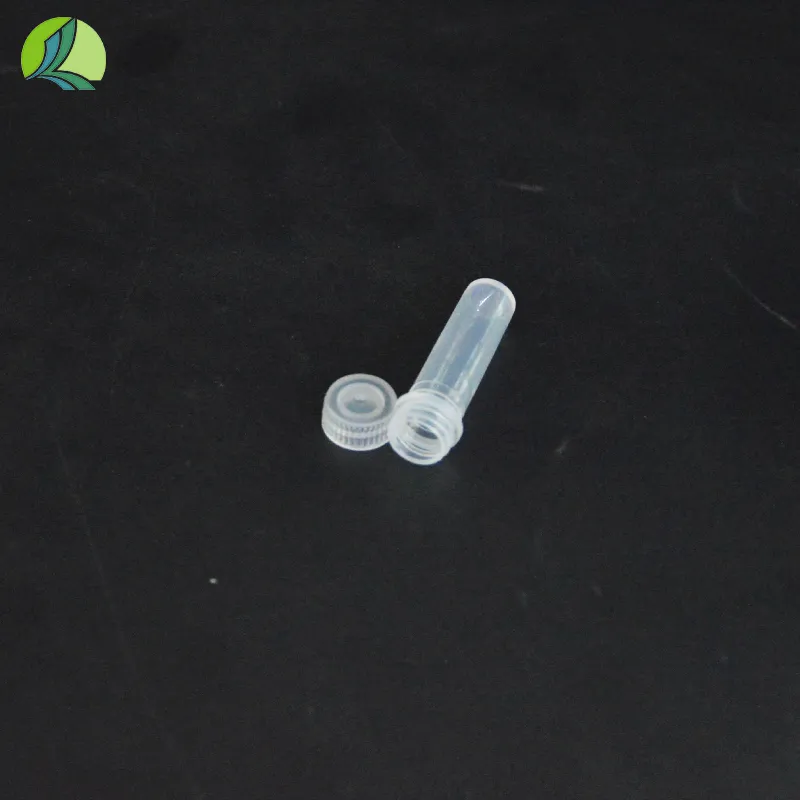what is the test tube used for
What is the Test Tube Used For?
Test tubes are one of the most fundamental pieces of laboratory equipment used in various scientific fields, including chemistry, biology, and medicine. These glass or plastic tubes, typically cylindrical in shape with a closed bottom and an open top, come in various sizes and capacities. Their versatility and ease of use make them indispensable in both educational settings and professional laboratories. But what exactly are test tubes used for? This article explores the many applications and functions of test tubes, highlighting their significance in scientific research and experimentation.
1. Conducting Experiments
One of the primary uses of test tubes is to conduct experiments. In both academic and industrial laboratories, scientists utilize test tubes to carry out chemical reactions, biological assays, and other experiments in a controlled environment. The transparent nature of test tubes allows researchers to observe the reactions occurring within them, making it easier to analyze results. For example, when mixing different chemicals, a test tube can allow scientists to monitor the color change, gas evolution, or precipitation that may occur during the reaction.
2. Sample Storage
Test tubes serve as convenient containers for storing various samples. Whether it’s blood, urine, or chemical solutions, test tubes can securely hold samples while preventing contamination. In medical laboratories, blood samples drawn from patients are often collected in test tubes treated with specific additives to preserve the integrity of the samples until they undergo further testing. Different colors of test tube caps indicate the type of additive within, such as anticoagulants or clotting agents, which is crucial for accurate diagnostics.
In any chemical laboratory, mixing reagents is a common activity, and test tubes provide a safe and effective means for doing so. When small quantities of chemicals need to be combined, test tubes allow for efficient mixing without the need for larger, more cumbersome containers. The shape of a test tube aids in the thorough blending of substances, often using techniques such as shaking or stirring with a stir rod. This is particularly valuable in preliminary investigations where only a small amount of material is needed to test a hypothesis.
what is the test tube used for

4. Heating Substances
Test tubes can withstand heat, making them suitable for experiments that require heating. They can be placed in a test tube holder over a Bunsen burner or in a water bath. This is often done when a chemical reaction is heat-sensitive, requiring specific temperatures to proceed. However, it’s essential to monitor heating closely to avoid breaking the test tubes or causing chemical spills, as most test tubes are designed for moderate heating only.
5. Tissue Culturing
In biological research, test tubes are often used for tissue culturing. Cells can be grown and manipulated in these sterile environments, allowing researchers to study cell behavior, disease propagation, and drug effects. Culturing cells in test tubes provides a controlled area free from outside contamination, essential for obtaining accurate and reliable results. Scientists can also manipulate the environment (such as temperature and gas composition) within test tubes to closely replicate physiological conditions.
6. Education and Training
In educational settings, test tubes are commonly used for hands-on experiments in science classes. They help students learn fundamental scientific principles such as chemical reactions, solubility, and pH changes. By providing a simple means of conducting experiments, test tubes help foster a practical understanding of theoretical concepts. Students can observe outcomes directly and learn the importance of precision and safety in laboratory practices.
Conclusion
In conclusion, test tubes are versatile tools in scientific research and education. Their utility extends far beyond merely holding liquids; they are crucial for conducting experiments, storing samples, mixing chemicals, and more. Whether in a high school classroom or a biotechnology laboratory, test tubes continue to play a vital role in advancing scientific knowledge and fostering experimentation. As science evolves, the design and application of test tubes may adapt, but their importance in the scientific community remains unwavering.
-
Aesthetic Makeup Spray Bottles | Fine Mist Empty RefillableNewsAug.19,2025
-
White Plastic Veterinary Vaccine Vials | Lab Liquid BottlesNewsAug.18,2025
-
Plastic Medicine Liquid Bottle: Secure Flip Top Drug VialsNewsAug.17,2025
-
Durable 250ml Blue Plastic Vaccine Vial for Lab & Vet UseNewsAug.16,2025
-
Sterile Virus Sample Tubes: Secure & Reliable Specimen CollectionNewsAug.15,2025
-
White 250ml Plastic Vaccine Vial for Lab & Vet MedicineNewsAug.14,2025
























